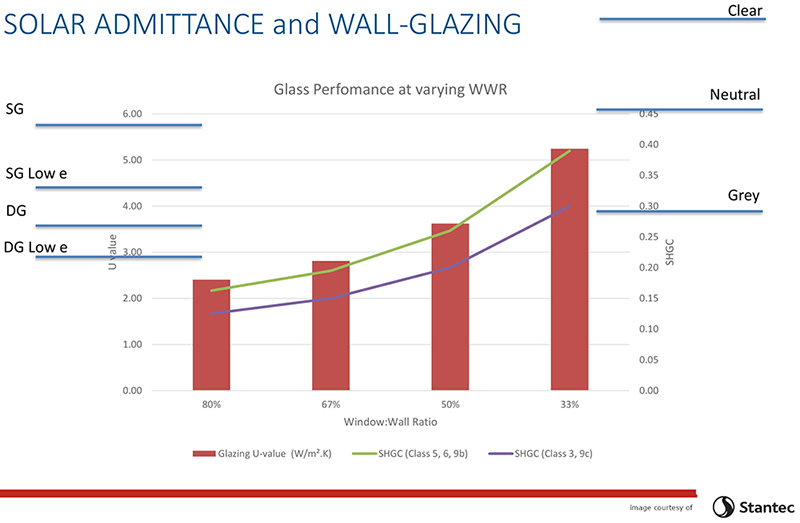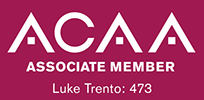
Plan SA Portal – Guide for Builders
Two key changes that came with the implementation of the South Australian Planning, Development and Infrastructure (PDI) Act and Regulations and the introduction of the PlanSA Portal in 2021 are continuing to affect how builders lodge mandatory notifications and apply for a Certificate of Occupancy. Note that if the mandatory notifications of various stages of the build are not received, Councils have the ability to apply fines. Builders are also now required to upload and send all the completion documents (Part A, B, Form 2 and Fire Reports) through the PlanSA Portal.
Be aware too that a Certificate of Occupancy cannot be issued on the same day on which you apply. Private Certifiers are required to wait until Council have inspected the building and their inspection queries have been addressed. Only once this has occurred can the Certifier grant the Certificate of Occupancy.
Click here for our Step by Step Guide for the PlanSA Portal.
COVID-19 Virus Updates
Due to the constantly evolving information regarding the Covid-19 virus, it is important that clients are updated on how Trento Fuller are addressing this within our business. To date we have had no reported cases of COVID-19 within our team.
To reduce the risk of spreading COVID-19, we’ve taken the necessary steps for all staff to be able to immediately continue working on your projects from home with no downtime. Trento Fuller have already successfully trialed and are able to seamlessly undertake all our normal tasks and functions remotely, including fee proposals, building code assessments, and council lodgements.
In the meantime Trento Fuller will remain both active and available to our clients, including being set up for video conferencing. Trento Fuller is committed to providing a high level of customer service and, whilst it is inevitable that there may be some minimal disruption, rest assured that our priority is to keep your project moving along.
We will continue to monitor and act on advice issued by the World Health Organisation as well as both the Federal and State Governments.
NCC Changes to Energy Efficiency
IMPORTANT NCC CHANGES TO ENERGY EFFICIENCY [Volume 1]
Certifiers have been operating under the NCC 2019 since the 1 May 2019. At the time of implementation, a transition period to the previous NCC 2016 was permitted for energy efficiency (Section J and Part 3.12) however, this change requires significant attention. The NCC2019 provisions are more onerous and will impact the design of buildings. The following table shows the impact on the window to wall ratio will have in respect to the glass performance required. As an example, a Class 5 office building with a window to wall ratio of 67% will require the windows to have a U-Value of approximately 2.8 and a Solar Heat Gain Coefficient of 0.2 [this is equivalent to double glazing, argon gas and Low-E glass].
Deemed to Satisfy Provisions
- J0.2 – Class 2 specific – a 6-star average and 5 Star minimum assessment will now separately assess heating and cooling loads rather than as a combined limit.
- J1.2 – Thermal construction – the total R value must include the effect of thermal bridging which will have a significant effect on minimum compliance requirements.
- J1.3 – Roof and Ceiling Construction – is simplified due to the colour requirement of the roof and the required solar absorptance of < 0.45 i.e. light in colour.
- J1.6 – Floors – New calculations methods to include insulation of ground and air
- J1.5 – Walls and Glazing – The new calculation tool [which replaces the glazing calculator] will now assess the whole wall R-Value, including the windows located within, rather than as two separate calculations.
New verification methods
- JV1 NABERS – Class 5 specific – min 5.5 stars base building via commitment agreement to achieve 5.7-star NABERS
- JV2 Green Star – all classes excluding class 2 & 4, must show a minimum 10% improvement on GHG emissions, precondition of getting a green star rating. Thermal comfort assessment is required.
- JV3 – will now be based on greenhouse gas emissions rather than energy, what this means is that cooling is now 4 times more of an impact than heating (solar emittance design critical). The good news is that these addition constraints can usually be reasonably offset by Solar PV (or other RE) that is generated and used onsite.
- JV4 Building envelope sealing – means of compliance via performance testing, required air infiltration/blower door testing & air tightness testing. For class 2 this is easier to achieve than Green Star levels while all other classes are more stringent than Green Star.
IMPORTANT SECTION J NOTE – If applications for building rules are lodged with your certifier prior to the 1st of May 2020, the NCC Section J 2016 Provisions can still apply.
The New SA PDI ACT and Regulations
There has been much discussion about the new Planning, Development and Infrastructure Act 2016 [PDI Act] and most recently another delay in the commencement within urban areas to September. Generally, the way in which we will deal with future planning and building approval aspects through various forms of new legislations and building codes, will change considerably, and may seem quite overwhelming.
The PDI is now already in force as part of a divided implementation process, this is outlined as:
- Phase One (Outback) – July 2019: Code introduced to land not within a council area.
- Phase Two (Rural) – July 2020: Code to be introduced to rural councils.
- Phase Three (Urban) – September 2020: Code will become active in all areas in South Australia.
Some of the key points of change that are pertinent to building approvals are as follows:
- A Certificate of Occupancy is now required for class 1 dwellings (this includes class 1b [boarding house, holiday accommodation, etc.].
- Building Consent can now be issued and lodged onto an online portal prior to Council completing the Planning Consent [Trento Fuller will provide necessary links and advice to our Clients regarding the Portal as further information is released by DPTI].
- The relevant person who is signing the Part B Owners statement cannot be the same person who has signed the Part A Builders Statement.
- Minister approval is no longer required if a building certifier resigns from an engagement.
- Increase in the number of inspections required by Council [including all projects completed by a Private Certifier] with new mandatory completion inspection for 90% of Commercial projects.




